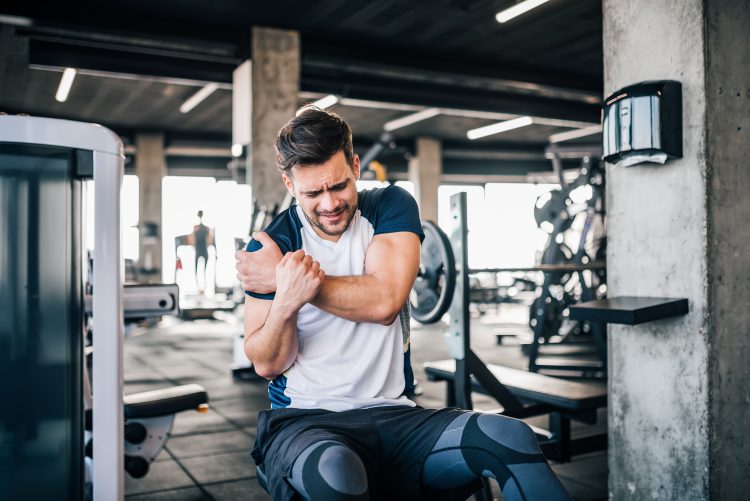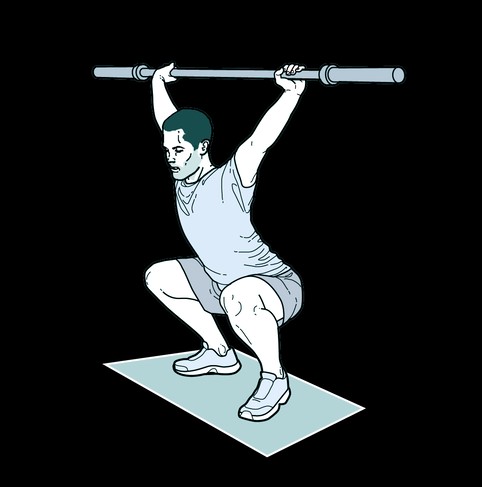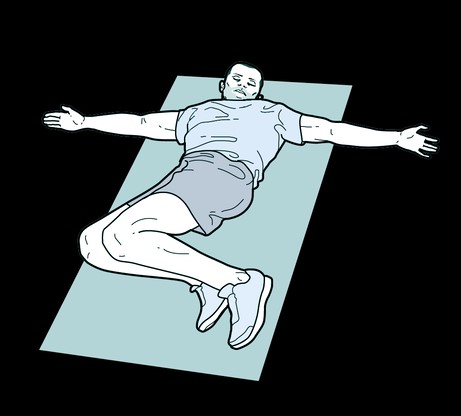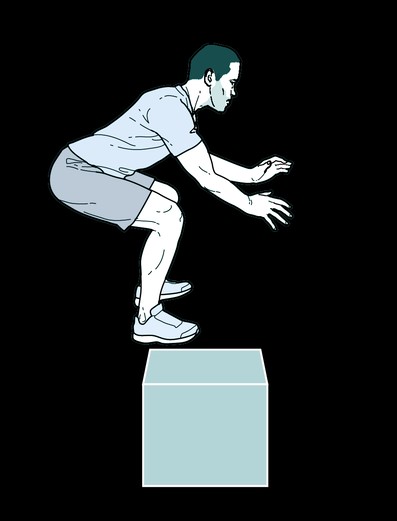Products You May Like
The longest, hardest gym sessions may not always be the best way to build strength; when it comes to training load, sometimes less is more, says strength and conditioning coach Brendan Chaplin…
Brendan Chaplin has worked as a strength and conditioning coach in MMA and rugby
Most of us assume that the more work we put in at the gym, and the longer and harder we push ourselves, the better our results will be. After all, it seems only logical.
But if you want to maximise your strength gains, the key is to focus on the quality of the work rather than the quantity.
Get stronger by training less
Your body is capable of making only marginal adaptations and improvements at any one time. Once you’ve given it enough stimulus to make these changes, any work you do after that point won’t be making you any better. If anything, it’ll hamper your progress because you’ll need longer to recover afterwards. And you won’t feel as fresh when you start your next session.
Related: Beginners Strength Training Lessons
Ideally you want to do the smallest amount of work required to stimulate growth in every workout and then immediately call it a day. In other words, the minimum dose stimulates the maximum marginal gains.
How much work you need to do is relative to your current fitness levels. For example, a relatively new gym-goer who wants to get stronger might read about a squat workout of ten sets of five reps and try it in his next session. In theory it’s a sensible protocol for building strength. But if he’s only ever attempted three sets of five in his previous workouts, he’d be wasting his time.
Related: 22 Ways To Boost Your Strength
The fourth set would push him past his previous limit and force adaptation, but subsequent sets would just add more stress to his system and increase the likelihood of injury. As a general rule, regardless of your training experience, aim to only increase the volume of any particular exercise by one set or one to two reps from workout to workout.
Related content:
- Build real-world strength with this minimal-kit home workout
- The working from home workout for full-body muscle
- 7 of the best kettlebells for home workouts

Rapid increases in training volume or inadequate warm-up routines can often cause injury
How to warm up properly
Another benefit of streamlining your main workout is it will free up more time for a thorough warm-up, which can help make your sessions even more productive. If you think five minutes on the treadmill followed by some static stretching is the best way to start a workout, think again.
A quality warm-up should follow a RAMP protocol: raising your pulse, activating relevant muscle groups, mobilising your joints and movement patterns, and focusing on potentiation, which means using power-based exercises to prime the body. The treadmill approach will raise your heart rate and activate some muscles, but by missing out the other stages you’ll be hampering your performance.
Related: Full-Body Gym Workout
Warming up correctly will guarantee the right muscles are firing at the right times during your workout. For example, a RAMP-style lower-body warm-up like the one below will ensure your glutes, quads, hamstrings and calves are all firing when you squat.
A minimal or poorly constructed warm-up that results in these muscles failing to fire puts pressure on your lower back. A proper warm-up will let you make marginal adaptations in as many muscles as possible and improve your metabolic response, allowing you to maximise your strength and fat loss gains.
So next time you see some guy straining and sweating his way through his eighth set of 12, don’t be tempted to emulate him. Focus on an effective warm-up and making small additions to your previous workouts. That’s how you win at the gym.
Lower-body warm-up
Add these exercises to your warm-up on lower-body workout days to get the most out of your session…

Overhead squat
Why: Raises your heart rate and activates your leg muscles.
Reps: 5
- Sink into a deep squat holding an empty barbell or a stick overhead, keeping your chest up.
- Press through your heels and return to standing.

Side lying rotation
Why: Improves mobility through your thoracic spine.
Reps:10 each side
- Lie on your side with your knees bent together and arms extended in front of you with palms facing.
- Rotate your torso and bring your top arm across your body, then touch the floor with the back of your hand on the opposite side.

Box jump
Why: Encourages muscle potentiation (a temporary increase in force).
Reps: 5
- Jump explosively on to a small box using your arms to generate momentum, then step down one foot at a time.
Brendan Chaplin is a strength and conditioning coach with a background in MMA and rugby and is the founder and MD of strength and conditioning course provider S&C Education